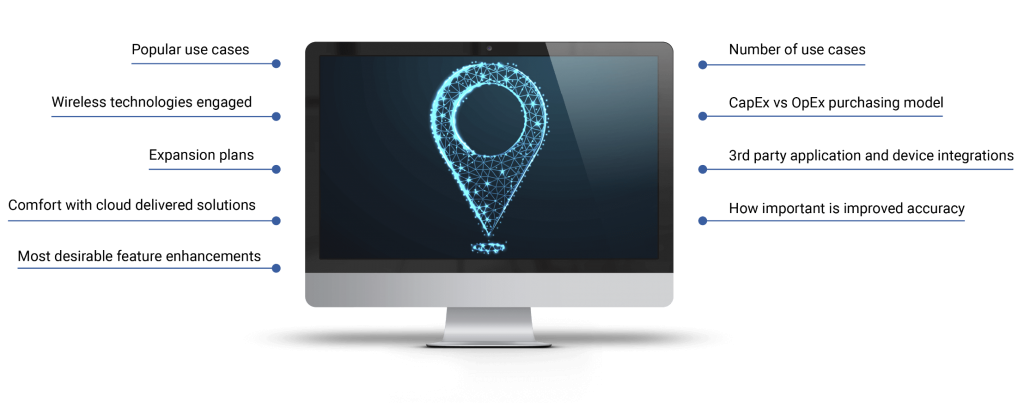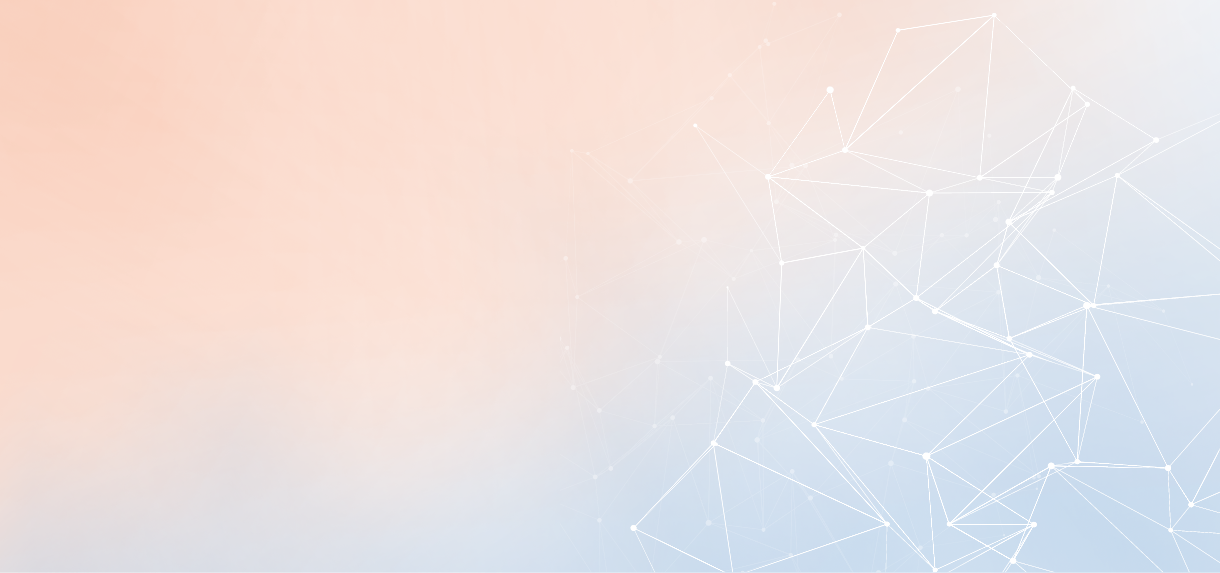Download our RTLS hospital survey report
AiRISTA has commissioned a survey of customers and their practical experience using RTLS solutions. With the help of HIMSS and the market research firm Brafton, the results explore how customers use RTLS, the value returned, underlying technologies, and trends. The survey’s insights offer best practices and suggestions for how to best manage and extend an RTLS solution.
"*" indicates required fields
What Real Users Are Saying
RTLS technology can deliver significant value in healthcare settings to automatically track and identify devices and people within a facility providing status information and real-time location data. Insight into the best practices and utilization by healthcare facilities like yours will help you get the most out of your investment in RTLS technology.
Here are some of the things the survey delves into

There is a wide range of uses for RTLS, but what do customers actually do with it? That’s what our survey report intended to find out. Let’s go into some of the key features of RTLS and how they’re utilized in hospital settings.
The various applications of RTLS asset tracking
Here are some of the major findings of our survey report, “What users of RTLS solutions are saying: Survey responses from healthcare users.”
How are organizations using RTLS asset tracking?
You can use RTLS asset tracking for a wide range of purposes, though some uses are more prolific than others.
The healthcare providers who took our survey told us that tracking medical equipment, improving patient flow, and ensuring staff safety are the three most popular uses, whereas wander management was the least popular.
Tracking medical equipment is a huge benefit of RTLS because it helps solve several issues:
Prevents the hoarding of equipment by different departments because they’re afraid of not having vital assets on hand when the situation calls for them.
Allows for the fast locating of equipment. Rapid response can be a vital element in many healthcare scenarios, and time spent searching for assets is wasted.
Helps healthcare facilities avoid losing equipment, reducing the need for costly replacements
Satisfaction with RTLS asset tracking
The value derived from RTLS deployments is directly related to customers’ willingness to expand their usage after the initial deployment. Our research found that this lines up with customers’ experiences and satisfaction.
As the survey report found, the vast majority of users — over 90% — said their RTLS solution met or exceeded expectations. Following this, nearly two-thirds claimed they planned to expand their use. These overwhelmingly positive responses demonstrate that RTLS asset tracking improves hospital functionality. Regardless of what the tracking is used for — whether equipment management, patient flow, staff safety, or other uses — the technology has proven effective.
Third-party integration
A key feature of RTLS asset tracking is that it can be integrated with existing solutions such as electronic health records (EHR) and nurse call systems. But do healthcare providers actually do this, and how does it work for them?
It turns out they do: Half of the respondents in our survey used RTLS alongside another system. Some of those systems include:
- EHR
- Nurse CAll
- Asset Managment
- Patient Flow
- Building systems
RTLS is commonly used alongside other technologies, and its value can be enhanced when it is. At the same time, it functions well as a standalone system. RTLS is a highly versatile technology that can adapt to fit your existing solutions if you want it to — or you can use it on its own.

